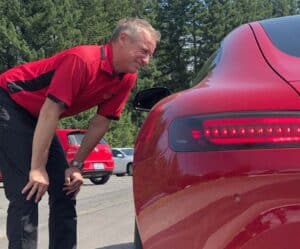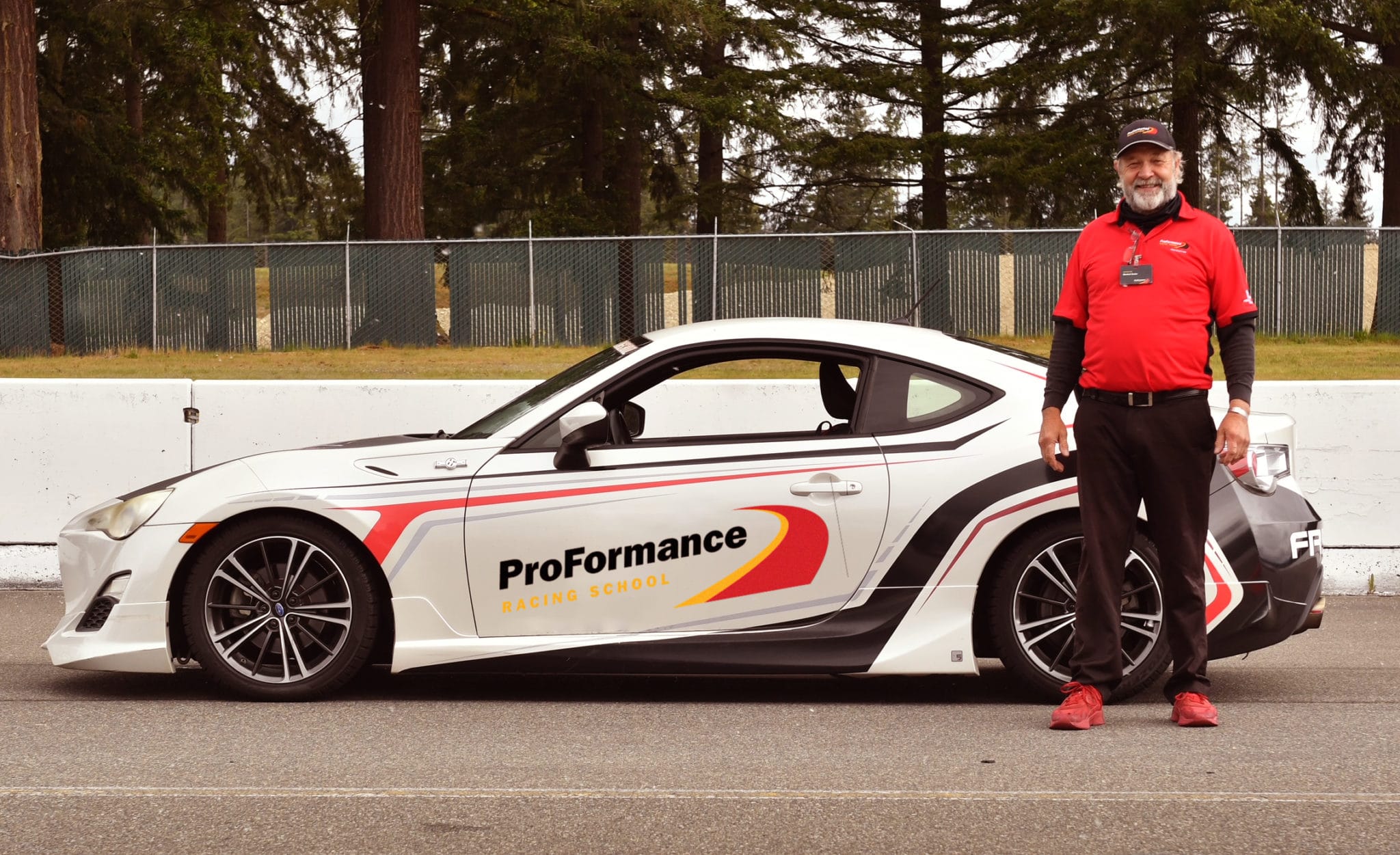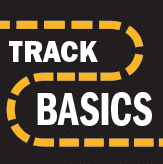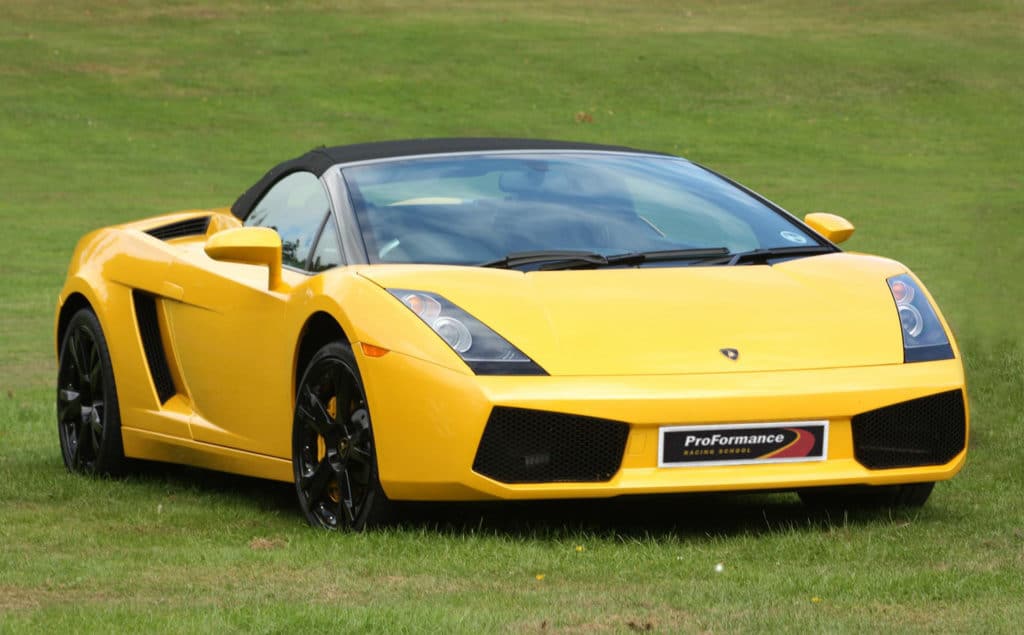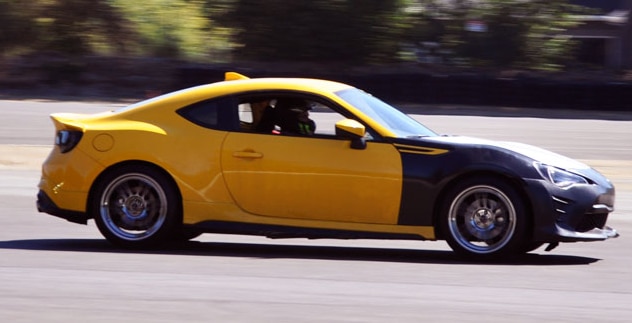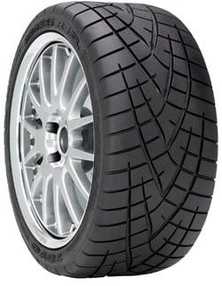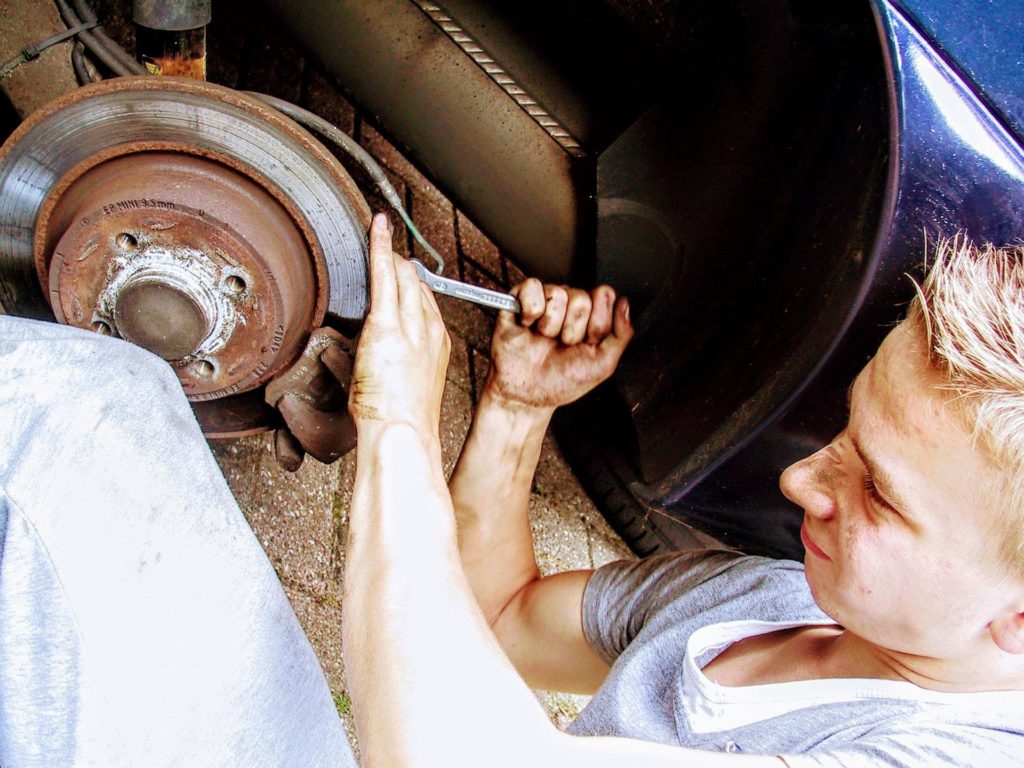Performance driving on a budget is possible. In our new tutorial series Track Basics, Veteran Racer and ProFormance Instructor Manfred Duske tells you how.
When you hear the roar of the V10 in a Lamborghini Super Trofeo, you’re hearing about $300,000 worth of car. Beginning racers dream of an exotic supercar like that, but those machines lie beyond the budgets of most drivers. However, there is a budget track car waiting to deliver you driving excitement at a much lower cost. The key is to put some thought and preparation into choosing a car — and then prepare the car itself.
For about a quarter century Manfred Duske has been advising drivers on the best way to move on from the One-Day High Performance Driving Experience to regular lapping at the track and even racing competition. Beginning students often ask him if they need a dedicated track car, and if so, what should it be?
Manfred’s first advice: “Learn to drive a slow car fast.” In other words, leave the Ferraris for a while; there are plenty of great-performing cars that will hone your driving skills without going into six figures.
How Much Should I Spend to Start?
“It all depends on your budget,” Manfred says. “And your tolerance for personal loss. You don’t want to be in a position where you can’t pay your rent because of an on-track loss. It’s rare, but it does happen.” Any car that’s being driven on the track, then, should be paid for or insured.
“My preference is to get a car for under $10,000 for the racetrack. That way you won’t be spending too much on track insurance.” A $100,000 Porsche, for instance, will require another $500 in track insurance each weekend. Drivers need to factor that into the sticker price.
What Track Car Should I Get?
“First I ask, ‘what do you enjoy driving?” Manfred says. Corollas and Miatas make an excellent budget track car, for example. “Choosing a car is like dating – you date a few people till you find out who fits you best. You don’t marry the first person you date.” Trying a number of cars is the best way to find out what suits your style.
Apart from what’s affordable, you need to consider your own mechanical expertise. “If you have to take everything to the shop, a less expensive, less complicated car is better. You want parts to be readily available for them at the local parts stores.”
Some Cars to Consider
Manfred is partial to the BMW 3 Series, especially the E46s from 2001-2006, as a cost-effective way to up your track game. “You get a lot of bang for your buck.” There is an entire racing class built around them, and a community of helpful enthusiasts. Manfred even makes a few of his available to drivers who want to try them out before they take the plunge. Another mainstay in the budget track car category is the Toyota GT86/Scion FRS/Subaru BRZ, the feisty rear-wheel-drive sports car that many drivers rent at ProFormance.
Note: More on choosing a track car is coming up soon!
Can I Use My Daily Driver?
You don’t even need a dedicated track car. You can use your daily driver as a budget track car – provided you are willing to maintain it for the track. That means dealing with three issues: tires, brakes, and general wear and tear.
1. Tires
A fact of life: lapping and racing uses up tires. On a daily driver you can sidestep this problem by buying a dedicated set of track tires. “Get a cheap set of wheels, so it’s no big deal if they get scuffed, and switch tires for track day.”
Which tires you buy makes a difference. Track tires will be softer rubber, which will enable you to go faster, but will also wear out more quickly than your family car’s 50,000-mile tires. “I find a relatively soft tire, with a treadwear grade of 160 to 200, gives you tremendous grip compared to standard tires. For example, the Toyo R888 for dry weather, and the Toyo RA1 for wet weather. The Toyo R1r also has an aggressive tread pattern that works every well in the rain. Your 50,000 mile tires, on the other hand, will just squeal on the track.”
2. Brakes
Apart from tires, the biggest wear item on a track car is brakes. “You’ll go through pads, rotors, and brake fluid. Whatever car you have, someone will have put up a YouTube video on how to maintain the brakes. Study the YouTube for whatever car you want to drive on the track. I’m amazed at how many people who come out don’t know how to check brake pad thickness, can’t look at rotors to tell if they’re good or bad, and don’t know how to check brake fluid.” You should also learn how to bleed the brake system.
You don’t need high-end rotors for regular lapping; the $50-$60 ones are fine. But stock brake pads generally don’t work – they’re made for gentle driving. “At Pacific Raceways you have at least four major braking events every two minutes. That’s like coming to an emergency stop on the freeway four times in two minutes, or 60 major braking events in a half hour. That’s what takes a toll.”
So you’ll need to upgrade brake pads with a more durable compound that isn’t going to fade and lose its gripping capability under that duress. “Unfortunately, what comes with that is a lot of dust and noise. And that’s the tradeoff: if you want your car to stop, you’ll have to wash your wheels.”
3. General Wear
“With that braking going on, you’re also cornering at speeds that approach the manufacturer’s design. That will put stress on the suspension components and other parts of the car.”
The solution is to do a nut and bolt check. “Get the car up with a floor jack, shake each wheel, check for looseness, figure out the remedy if you feel any slop or slack. You’re going to wear out ball joints, steering, and shock absorbers. You’re really stressing those components.”
Manfred advises drivers to bring a torque wrench and tire pressure gauge with them. A more advanced tool is a pyrometer, which checks tire temperature, giving you an idea what your suspension is doing.
Upshot: Prevention Saves Money
The biggest cost saver, then, is to be proactive. Look at your car, understand it, and maintain it. Rather than watching TV the night before a track day, spend the evening prepping your car. “Drive whatever car you like, as long as you enjoy driving it. The important thing is knowing how to take care of it.”


